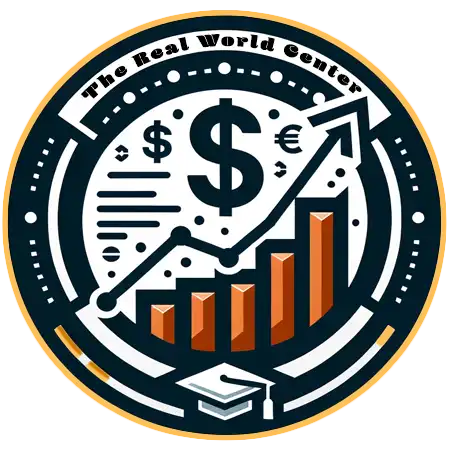Balance Sheet
The balance sheet, also known as the statement of financial position, is one of the three primary financial statements used to assess a company’s financial health and position at a specific point in time. It provides a snapshot of a company’s assets, liabilities, and shareholders’ equity, helping investors, analysts, and stakeholders understand the company’s financial strength and its ability to meet its financial obligations. Here is an overview of the components and key elements of a balance sheet:
Components of a Balance Sheet:
- Assets: Assets are items of economic value owned or controlled by the company. They are categorized into two main groups:
- Current Assets: These are assets expected to be converted into cash or used up within one year or the company’s operating cycle, whichever is longer. Common current assets include cash, accounts receivable, inventory, and short-term investments.
- Non-Current Assets (Long-Term Assets): Non-current assets have a longer useful life and are not expected to be converted into cash within the next year. They include property, plant, equipment, intangible assets (like patents and trademarks), long-term investments, and other non-current assets.
- Liabilities: Liabilities are obligations and debts owed by the company to external parties. Like assets, they are categorized into two main groups:
- Current Liabilities: These are obligations that are expected to be settled within one year or the company’s operating cycle, whichever is longer. Common current liabilities include accounts payable, short-term debt, and accrued expenses.
- Non-Current Liabilities (Long-Term Liabilities): Non-current liabilities are obligations with maturities beyond the next year. Examples include long-term debt, deferred tax liabilities, and pension obligations.
- Shareholders’ Equity: Shareholders’ equity represents the residual interest in the company’s assets after deducting its liabilities. It is also known as “owner’s equity” or “stockholders’ equity” and consists of:
- Common Stock: The par value or stated value of the company’s common shares issued to shareholders.
- Additional Paid-In Capital (APIC): The amount of capital received from shareholders in excess of the par value of common stock.
- Retained Earnings: Accumulated profits retained in the company after paying dividends to shareholders and covering losses from prior periods.
- Treasury Stock: The cost of shares that the company has repurchased from shareholders but has not retired or canceled.
Key Elements and Ratios from the Balance Sheet:
- Total Assets: The total value of all assets owned by the company. It represents the company’s total resource base.
- Total Liabilities: The total value of all obligations and debts owed by the company to external parties. It represents the company’s total claims by creditors.
- Shareholders’ Equity: The residual interest in the company’s assets after deducting its liabilities. It represents the shareholders’ ownership stake in the company.
- Debt-to-Equity Ratio: This ratio measures the company’s financial leverage and risk by comparing total debt to shareholders’ equity. A higher ratio indicates higher financial leverage.
- Current Ratio: The current ratio is calculated by dividing current assets by current liabilities. It assesses the company’s short-term liquidity and ability to meet immediate obligations. A ratio above 1 indicates good liquidity.
- Return on Equity (ROE): ROE is calculated by dividing net income by shareholders’ equity. It measures the company’s profitability relative to its equity base.
The balance sheet provides a crucial foundation for financial analysis and decision-making. It helps investors assess a company’s financial stability, leverage, liquidity, and overall financial position. When analyzed in conjunction with other financial statements and relevant ratios, the balance sheet offers valuable insights into a company’s financial health and performance.
